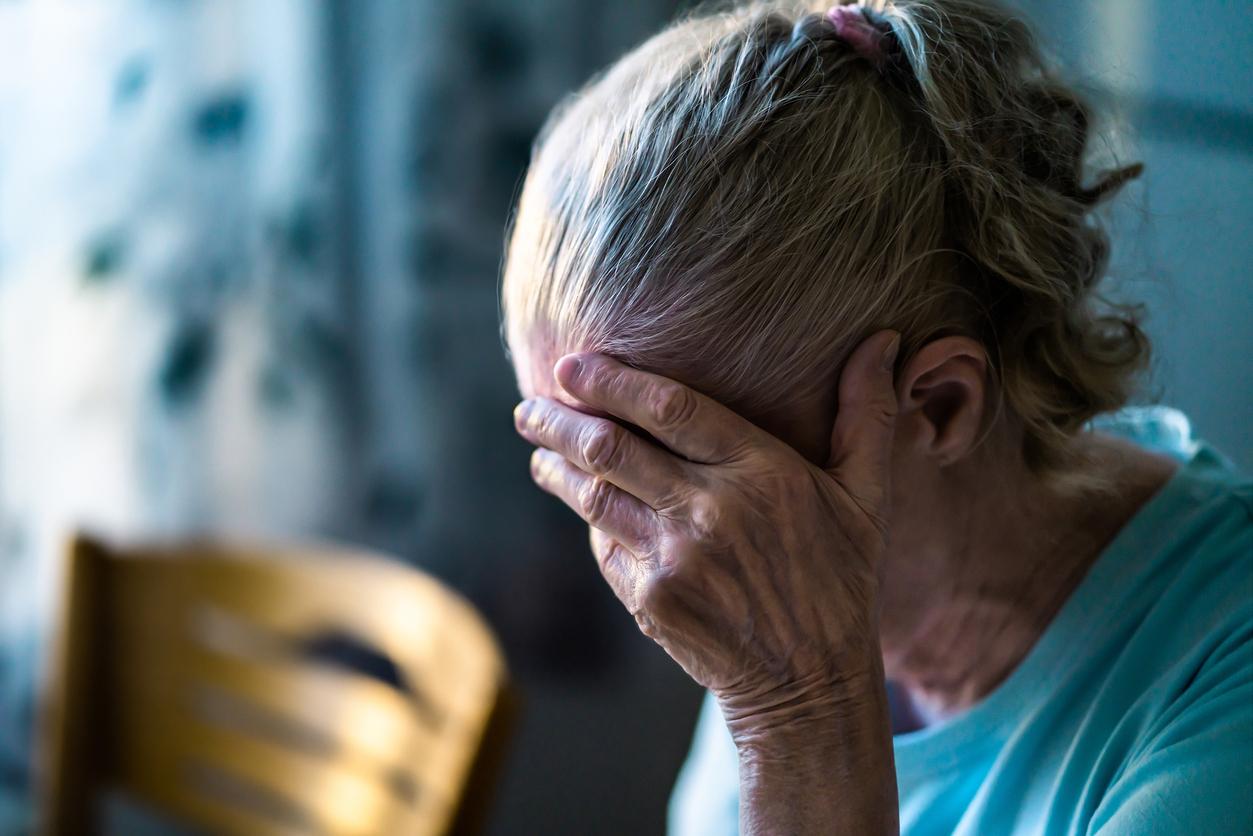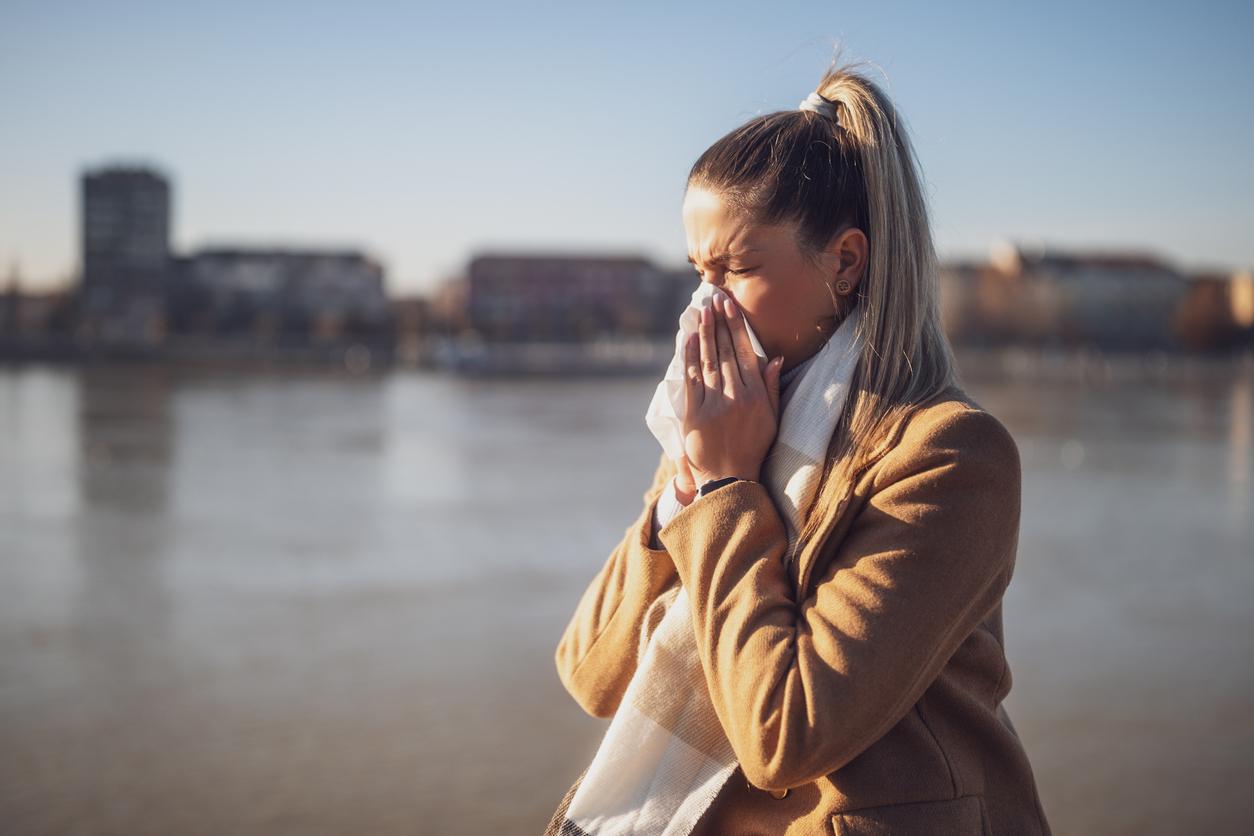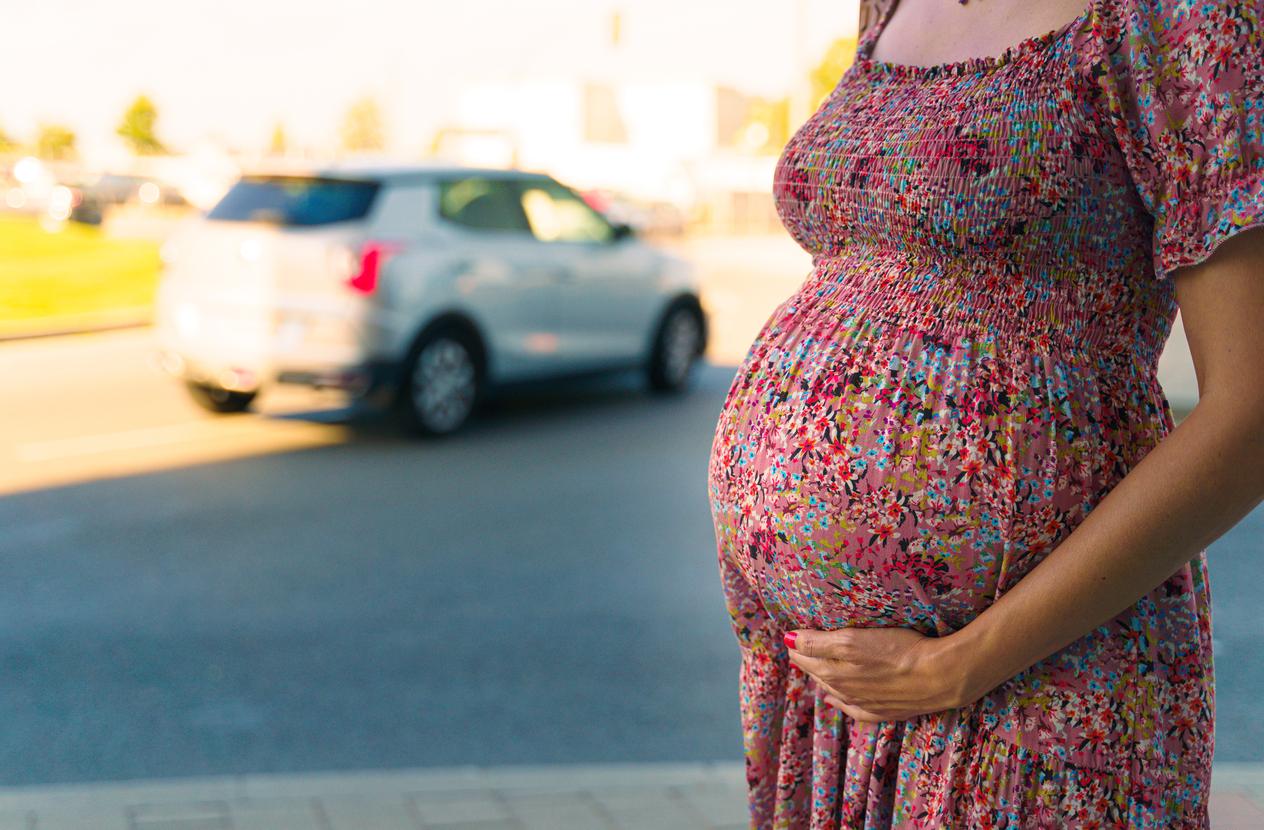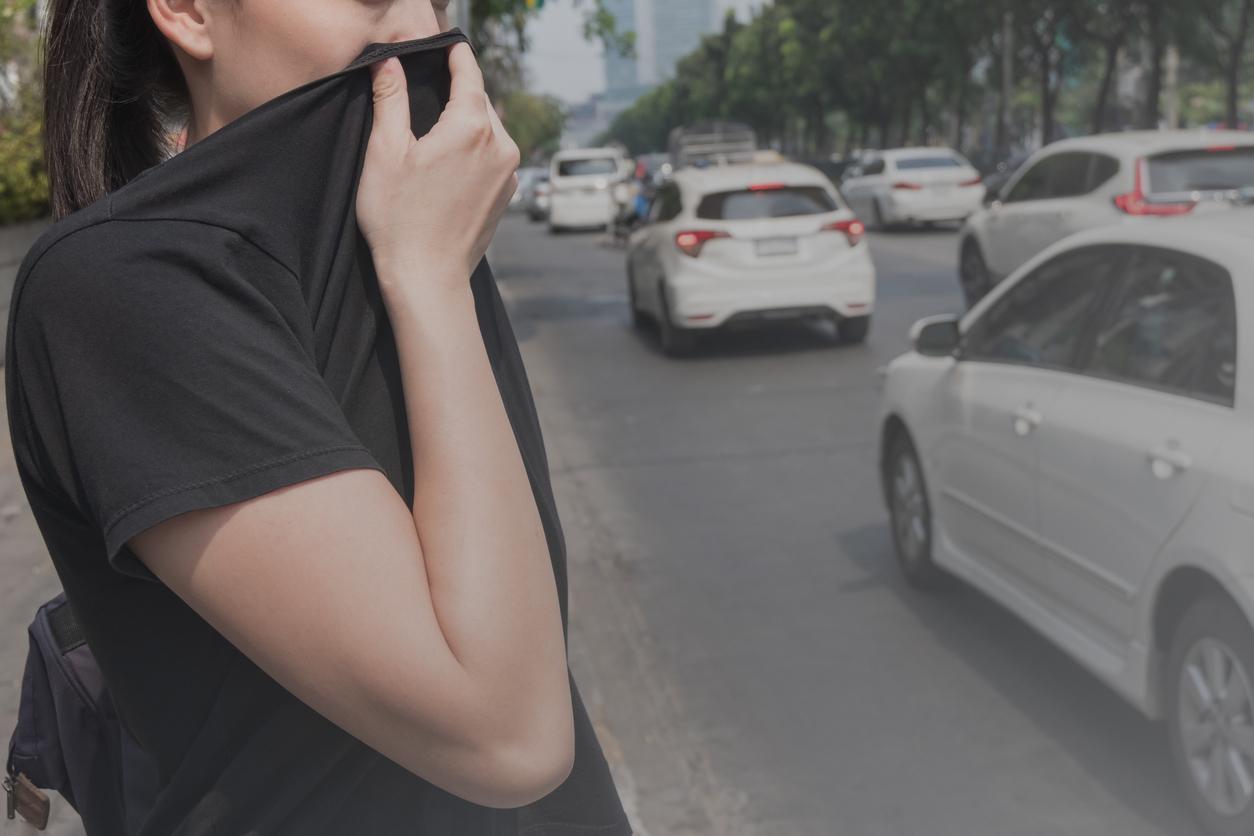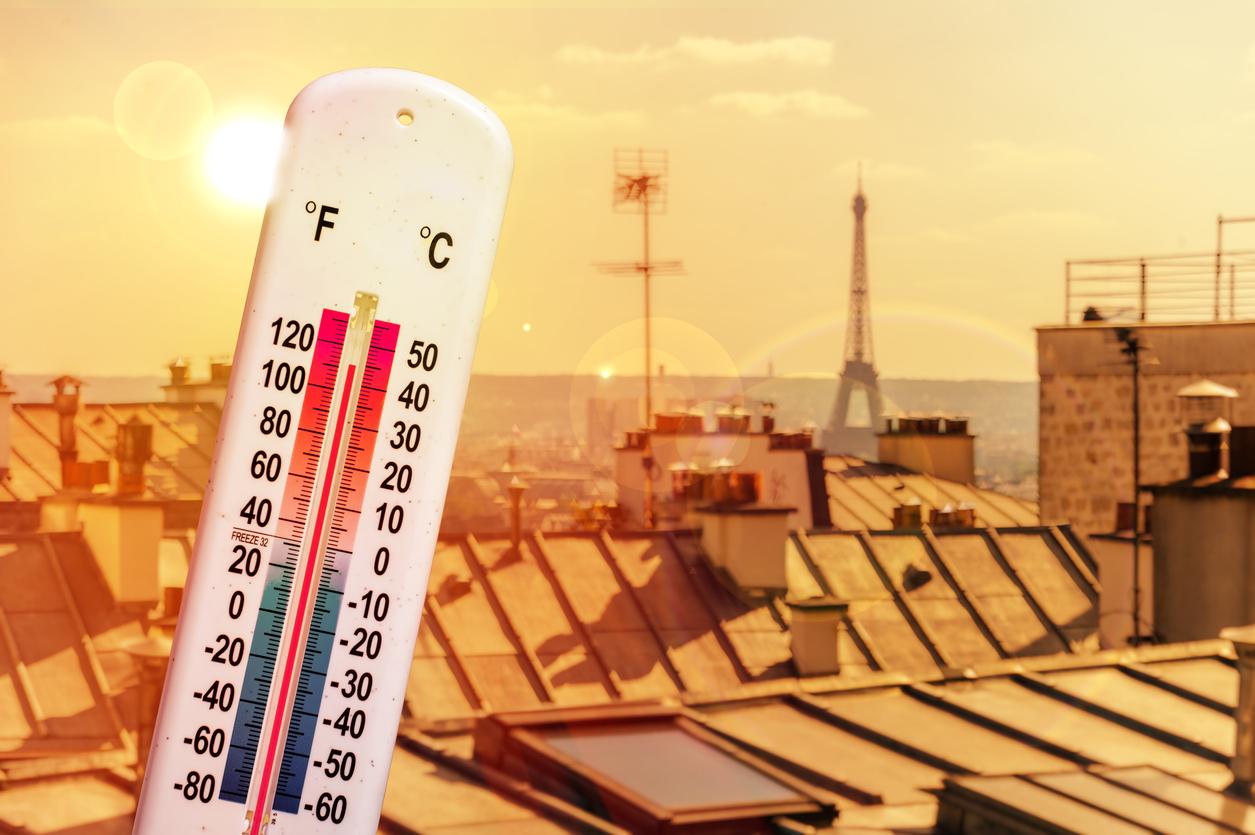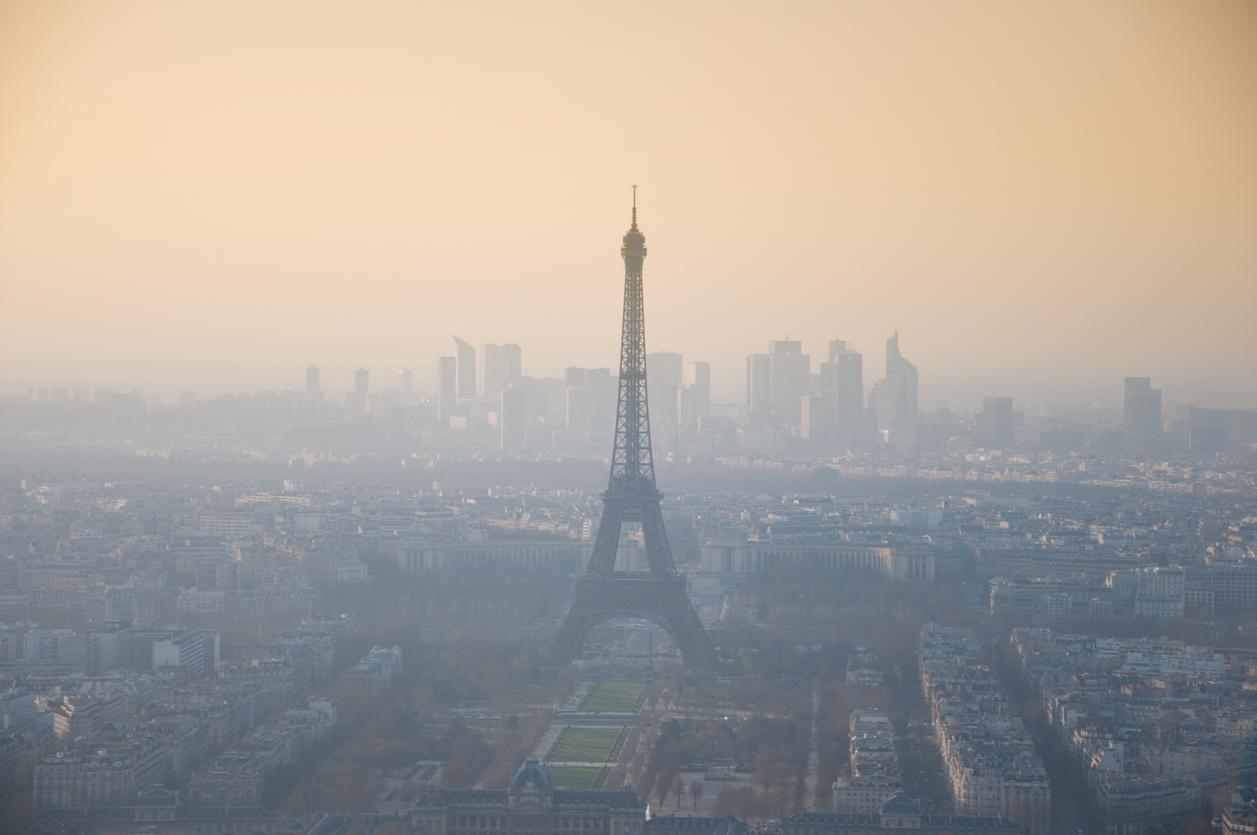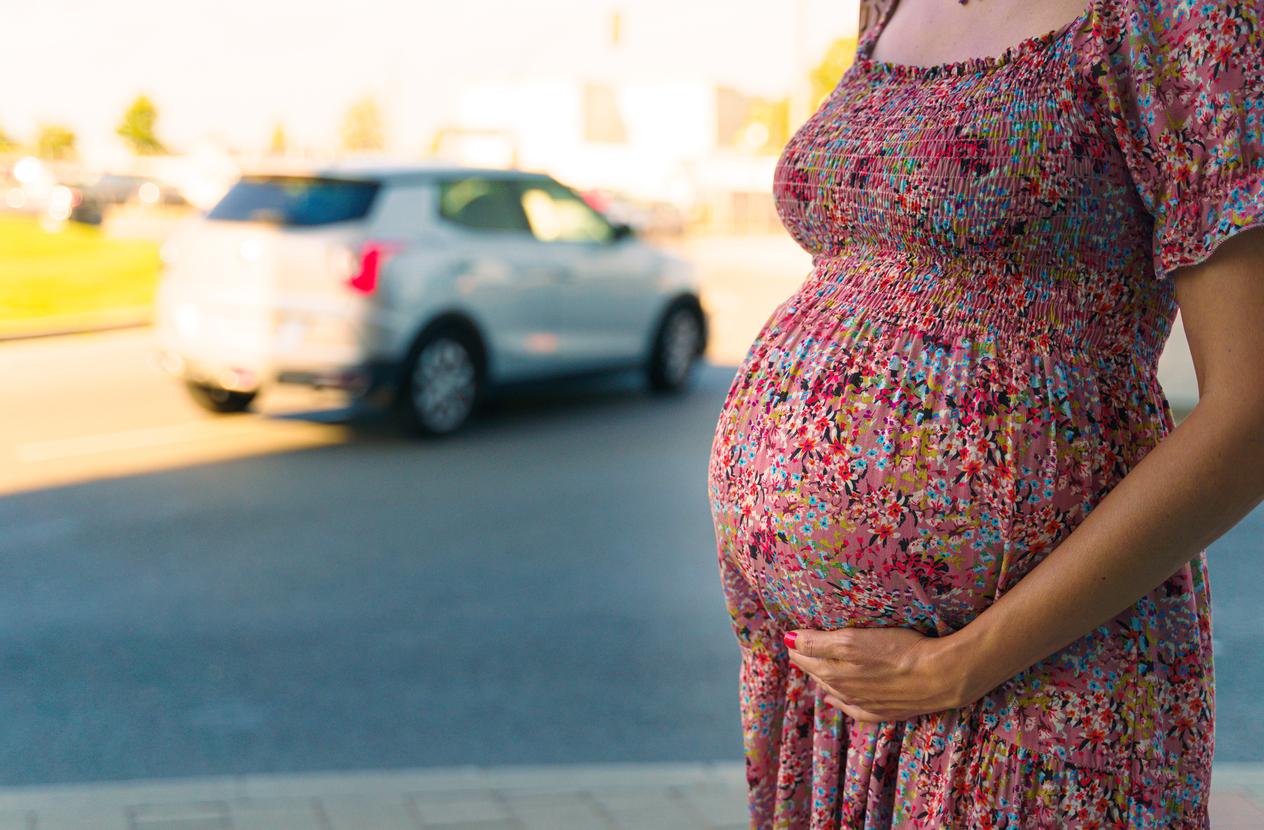Part of the banks of the Seine returns to pedestrians. 3 km from the Georges-Pompidou quay will be closed to cars. The Paris Council ruled in favor of this anti-pollution measure.
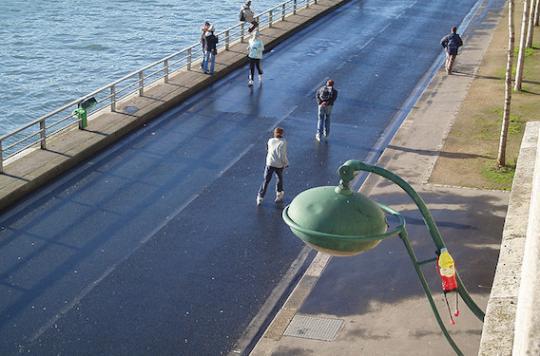
The day after the car-free day, here’s a second announcement that should delight pedestrians in the capital. Some of the bank lanes will soon be reserved for them. The Paris Council decided on September 26. Motorists and motorcyclists would do better to get used to it: the platforms will be prohibited for them for more than 3 kilometers. A measure acclaimed by the left and elected environmentalists, but also by the inhabitants. 55% of them were in favor of such a development. Something to rejoice the very active Mayor of Paris: Anne Hidalgo greeted on Twitter “The end of an urban motorway” and “the reconquest of the Seine”.
Less pollution
In fact, part of the Georges-Pompidou route, used by 43,000 vehicles every day, will be closed to traffic. The section concerned starts from the entrance to the Tuileries tunnel (1e arrondissement) to end at the end of the Henri-IV tunnel (4e arrondissement). The Mayor is not at his first attempt. Already in 2014, it pedestrianized part of the tracks on the banks of the left bank, for the benefit of sporting and cultural activities.
Pollution has dropped. “In the French capital, the example of Paris without a car has also been proven effective in lowering pollution rates, at least on the same day, ”as recently reminded to Why actor one of the project’s supporters, pulmonologist Bruno Housset. A finding confirmed by the statements of the AirParif association.

Protect the most fragile
As for car enthusiasts, they have not seen their travel time lengthen. It is therefore to be hoped that these good results will be reproduced on the other side of the Seine. According to Anne Hidalgo, it would take 8 minutes more to cover the entire section. A rather reasonable timeframe for real benefits.
“In all the cities where it has been put in place, the restriction of traffic has lowered atmospheric pollution (England, Greece, Sweden, etc.)”, noted Professor Housset. And the impact of fine particles and other pollutants on health, particularly pulmonary and cardiovascular health, is increasingly well understood.
In some cities, the permanent pollution is such that their inhabitants lose 15 months of life expectancy on average. Acting is therefore urgent. “We all need to think more about fragile people, young people and seniors, in the eyes of Professor Bruno Housset. They are the most vulnerable to air pollution. In fact, she is responsible for 2,500 annual deaths in the capital.
6 month trial period
On social networks, the reception reserved for this measure is lukewarm. Some complain of a “lose-lose” contract for motorists and pedestrians, exposed to more pollution in certain areas. Others welcome the initiative and note, not without malice, the coincidence with the proposal for a naturist zone in Paris.
The vote must now be confirmed by a municipal decree, to be published in a few weeks. He should follow the advice of the Paris police prefect, who has ruled for a six-month test on this portion of the quays.
@Anne_Hidalgo Sad day for Paris, Madame.
The ‘high’ platforms will become impassable for cyclists and unbreathable for pedestrians.– Olivier LACANAL (@ OhfL1) September 26, 2016
It is done! The banks of the Seine made exclusively for pedestrians. Proud of this historic decision which will make @Paris more ecological.
– Bruno Julliard (@BrunoJulliard) September 26, 2016
The Georges Pompidou route in Paris reserved for pedestrians … Soon a naturist camp in Paris … In short: the routes on Verge!
– Gilles Halais (@gilleshalais) September 26, 2016
.







